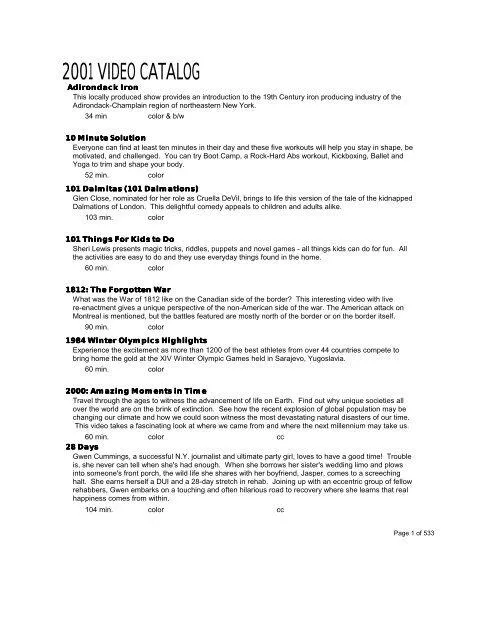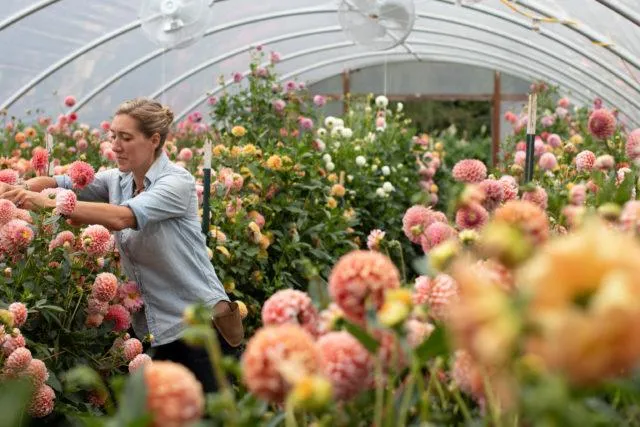
Whoops! Another Rubber Tree Plant Has Fallen Over – A Funny Story About Plant Care Mishaps
When Your Rubber Tree Plant Takes A Tumble
We’ve all been there – you’re watering your houseplants and next thing you know, your beloved rubber tree plant has toppled over. “Whoops, there goes another rubber tree plant!” you think to yourself with a sigh. Don’t fret, fallen rubber tree plants are surprisingly resilient. In this article, I’ll explore some of the reasons why rubber trees may fall and provide tips to help your plant bounce back after a tumble.
Root Bound Roots
One common cause of rubber tree falls is root-bound roots. Rubber trees have a tendency to become pot-bound quite easily if left in the same container for too long. When the roots have consumed all the available space in the pot and are circling around, they have nothing to anchor themselves to the soil. Any slight disturbance like watering can cause the root-bound plant to tip over. From my experience as an avid houseplant gardener, I’ve had many rubber trees succumb to this fate over the years.
The solution is to repot your tree into a slightly larger container every couple years or when new roots are emerging from the drainage holes. Be gentle when loosening the roots so you don’t damage them. A well-aerated potting mix and drainage holes will give the roots room to spread out and grip the soil better.
Top Heavy Trees
Another issue that makes rubber trees susceptible to toppling is becoming top heavy. These trees have a distinct upright growth habit that produces longer stems and leaves high above the soil level over time. However, the trunk may not thicken up proportionately to support the tree’s height and full canopy. Even a slight breeze can be enough to push an unbalanced rubber tree over the edge, literally!
Pruning away some of the top growth every so often and staking very tall specimens can prevent accidents. You can also lay fallen trees on their sides for a while to encourage lateral branching and a bushier, less top heavy shape as it recovers.

Drafty Locations
Drafts from open windows, fans or air conditioning vents are anotherrubber tree plant enemy. The moving air can cause any plant’s lightweight stems to sway precariously. A location with strong cross breezes should be avoided, especially for tall trees. I once made the mistake of placing a newly purchased rubber tree directly in front of an air vent. Within a week, the poor thing crashed over from the constant blasts of air.
Choose a slightly sheltered spot away from direct airflow if possible. Staking or tying trees to a support can offer stability in drafty spots too.
Overwatering Woes
While known as fairly tolerant of both dry and moist conditions, overwatering can still cause rubber tree toppling. Soaking the root ball and failing to allow the soil to dry out between waterings leads to fungus issues and root rot over time. Weak, diseased roots have difficulty holding up even a small tree. It’s always best to water thoroughly when the top few inches of soil are dry and aim for consistent moisture rather than soggy soil.
For fallen trees, check the roots and trim away any mushy, blackened parts before replanting in fresh, well-draining soil. Improved drainage and less frequent watering will encourage new root growth.
Inadequate Light
- Rubber tree plants need medium to bright, indirect light to thrive. Special care must be taken when moving trees from shops to homes, as indoor conditions often offer less illumination than greenhouse settings. Suddenly low light can cause stretching and leggy growth prone to tipping over.
- Be sure to slowly acclimate new plants to any shifts in light levels over 1-2 weeks to allow them time to adjust. South or east facing windows are ideal spots.
Adhering to these rubber tree growing tips should prevent most accidental plant falls. But even with the best care, accidents do sometimes happen. Have hope – rubber tree plants are amazingly resilient and will usually recover when given proper TLC after a spill.

Reviving Fallen Friends
So what’s the best way to help a rubber tree get back on its feet after taking a fall? Here are a few suggestions based on many years of rubber tree growing experience:
- Carefully inspect the roots and stem for any injuries. Trim away any badly broken or rotted sections with clean, sterilized pruners.
- Repot the tree into a fresh potting mix using the same size container or slightly larger. Firm the soil gently around the roots.
- Lay the tree on its side for a week or two to encourage new lateral branches and a bushier shape before trying to stand it up.
- Mist the leaves and keep the soil lightly moist but not soaked as new roots reestablish.
- Move the plant to a sheltered spot with indirect light and avoid direct sun or drafts for a few weeks.
- Stake tall trees briefly for stability until the root system regains strength.
- Within a month, signs of new growth should appear. Gradual acclimation to its previous growing conditions can then resume.
With patience and TLC, your fallen feathered friend should come back even fuller and bushier than before. Rubber trees are amazingly resilient houseplants. So don’t fret too much over a spill – just give your leafy friend the care it needs to right itself once more.
I hope these tips have addressed any questions or concerns the reader may have had about fallen rubber tree plants! Please feel free to contact me if you need any additional rubber tree growing advice. Wishing you many happy, upright years with your feathered friends.
Choosing the Right Rubber Tree Plant
| Plant Variety | Maximum Height | Growth Rate | Light Requirements | Water Needs |
|---|---|---|---|---|
| Ficus elastica ‘Burgundy’ | 6-10 feet | Moderate | Bright indirect light | Water when top inch of soil is dry |
| Ficus lyrata ‘Frosty’ | 3-6 feet | Slow | Bright indirect light | Water when top inch of soil is dry |
| Ficus elastica ‘Tineke’ | 6-10 feet | Moderate | Bright indirect light | Water when top inch of soil is dry |
| Ficus elastica ‘Variegata’ | 6-10 feet | Moderate | Bright indirect light | Water when top inch of soil is dry |
| Ficus elastica ‘Ruby’ | 6-10 feet | Moderate | Bright indirect light | Water when top inch of soil is dry |
FAQ
-
What exactly is a rubber tree plant?
Basically, a rubber tree plant is a kind of houseplant with big shiny green leaves. It’s called that because its sap is used to make natural rubber. Pretty interesting, right?

-
How do you take care of a rubber tree plant?
To keep a rubber tree plant happy, you’ll need to water it when the soil gets dry. But be careful – these things really don’t like soggy feet! Give it lots of sunlight too. As for feeding it, apply fertilizer every few months in the spring and summer. Simple as that!
-
Why do they fall over sometimes?
Rubber tree plants are pretty sturdy, but they can tip over if they get too big and top-heavy. This usually happens when people don’t rotate them enough. By turning the pot a quarter-turn every few weeks, you help the plant grow evenly. Does that help explain rubber tree plant roll-overs? Let me know if you have any other questions!
-
What can I do if my rubber tree plant falls over?
Don’t worry – it’s not a lost cause! Carefully turn it back upright and check the roots. As long as they’re not totally rotten, your rubber tree should perk back up with time. You can also trim off any broken or damaged leaves. To support it, try staking the trunk or putting pebbles around the base for stability. With a little TLC, it’ll be back in action in no time.
-
Are bamboo plants similar to rubber trees?
You know, I was curious about that too. After looking into it, bamboo and rubber tree plants are alike in some ways but different in others. They both have towering heights and need lots of water. However, bamboo is more of a grass whereas rubber trees are woody shrubs. Bamboo also spreads like crazy unless you contain it. So in summary – similar watering needs, but bamboo gets way bigger and can be tougher to control. Make sense?
-
What animals like to eat rubber tree plants?
As bizarre as it seems, rubber tree plants are actually a favorite snack for some critters! Studies show rats and squirrels will sometimes nibble the leaves. Birds may also peck at them. How odd, right? Who’d have guessed those botanical beauties would be delicious to woodland creatures? I guess Mother Nature works in mysterious ways. It’s amazing what she designed for animals to feast on!

On the other hand, while rubber tree plants seem to be a hit with rats and squirrels, they aren’t really suitable as the main diet. According to experts, “A balanced rodent diet includes various plant matter as well as small insects and protein.” So occasional nibbling is okay, but these critters still need a mix of food. Does this help explain the relationship between rubber tree plants and wildlife? Please let me know if you have any other plant or animal questions!